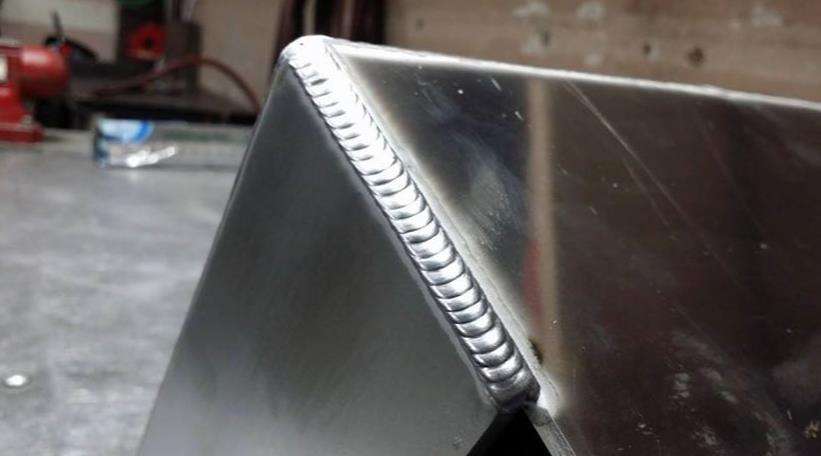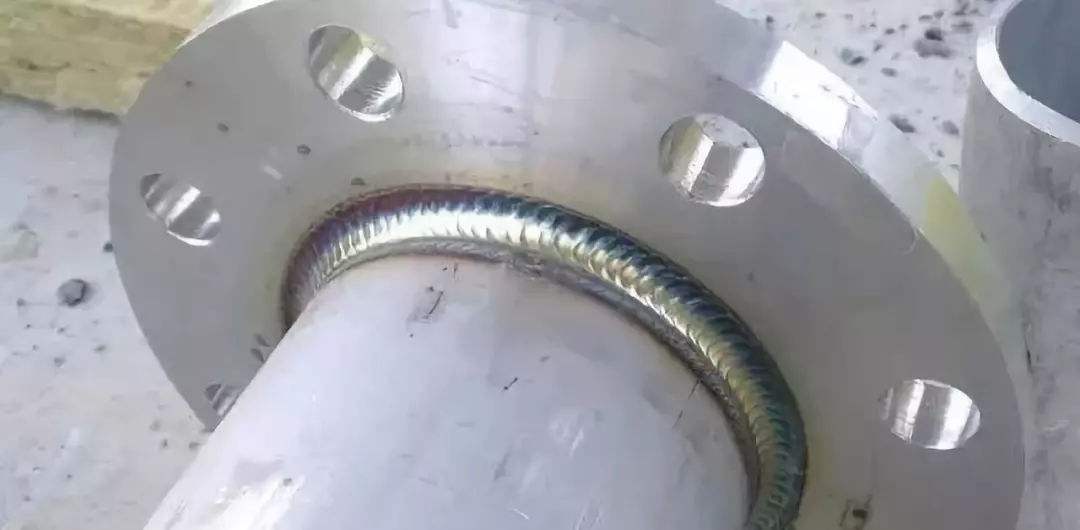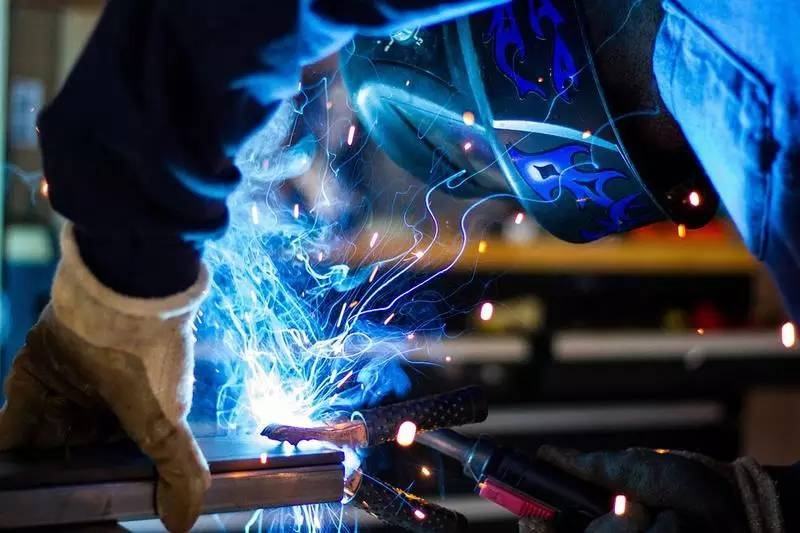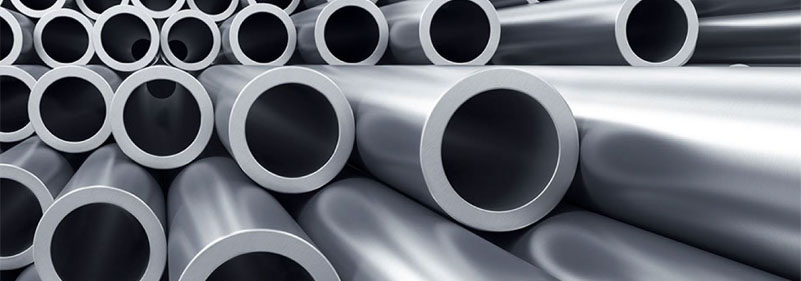Welding Secret of Austenitic Stainless Steel
Stainless steel can be divided into four categories according to its steel structure, namely austenitic stainless steel, ferritic stainless steel, martensitic stainless steel and AUSTENITIC FERRITIC duplex stainless steel. The following mainly analyzes the welding characteristics of austenitic stainless steel and bidirectional stainless steel.
(1) Welding of austenitic stainless steel
Austenitic stainless steel is easier to weld than other stainless steels. Phase transformation will not occur at any temperature and is not sensitive to hydrogen embrittlement. Austenitic stainless steel joints also have good plasticity and toughness in the as welded state. The main problems of welding are: welding hot crack, embrittlement, intergranular corrosion and stress corrosion. In addition, due to poor thermal conductivity, large linear expansion coefficient and large welding stress and deformation. During welding, small welding heat input shall be adopted as far as possible, preheating shall not be allowed, and the interlayer temperature shall be reduced. The interlayer temperature shall be controlled below 60 ℃, and the weld joints shall be staggered. Reduce the heat input, do not excessively increase the welding speed, but adapt to reduce the welding current.

(2) Welding of Austenitic Ferritic Duplex Stainless Steel
AUSTENITIC FERRITIC duplex stainless steel is a duplex stainless steel composed of austenite and ferrite. It combines the advantages of austenitic steel and ferritic steel, so it has the characteristics of high strength, good corrosion resistance and easy welding. At present, there are three types of duplex stainless steel: Cr18, Cr21 and Cr25. The main characteristics of this kind of steel welding are: compared with austenitic stainless steel, it has lower thermal tendency; Compared with pure ferritic stainless steel, it has lower embrittlement tendency after welding, and the ferrite coarsening degree in the welding heat affected zone is also lower, so the weldability is better.
Because this kind of steel has good welding performance, preheating and post heating can not be used during welding. TIG welding should be used for thin plates, and electrode arc welding can be used for medium and heavy plates. During electrode arc welding, special electrodes with similar composition to the base metal or austenitic electrodes with low carbon content should be selected. Nickel base alloy electrode can also be used for Cr25 dual phase steel.

Due to the existence of a large proportion of ferrite in dual phase steel, the inherent embrittlement tendency of ferrite steel, such as brittleness at 475 ℃ σ Phase precipitation embrittlement and coarse grain still exist, which can be alleviated only due to the equilibrium effect of austenite. Attention should still be paid to during welding. When welding dual phase stainless steel without Ni or low Ni, there is a tendency of single-phase ferrite and grain coarsening in the heat affected zone. At this time, pay attention to controlling the welding heat input, and try to use low current, high welding speed, narrow pass welding and multi pass welding to prevent grain coarsening and single-phase ferrite in the heat affected zone. The interlayer temperature should not be too high. It is best to weld the next pass after cooling.


 English
English 中 文
中 文 Español
Español Português
Português Deutsch
Deutsch Türk
Türk Pусский
Pусский عربي
عربي 한국인
한국인 日本語
日本語
